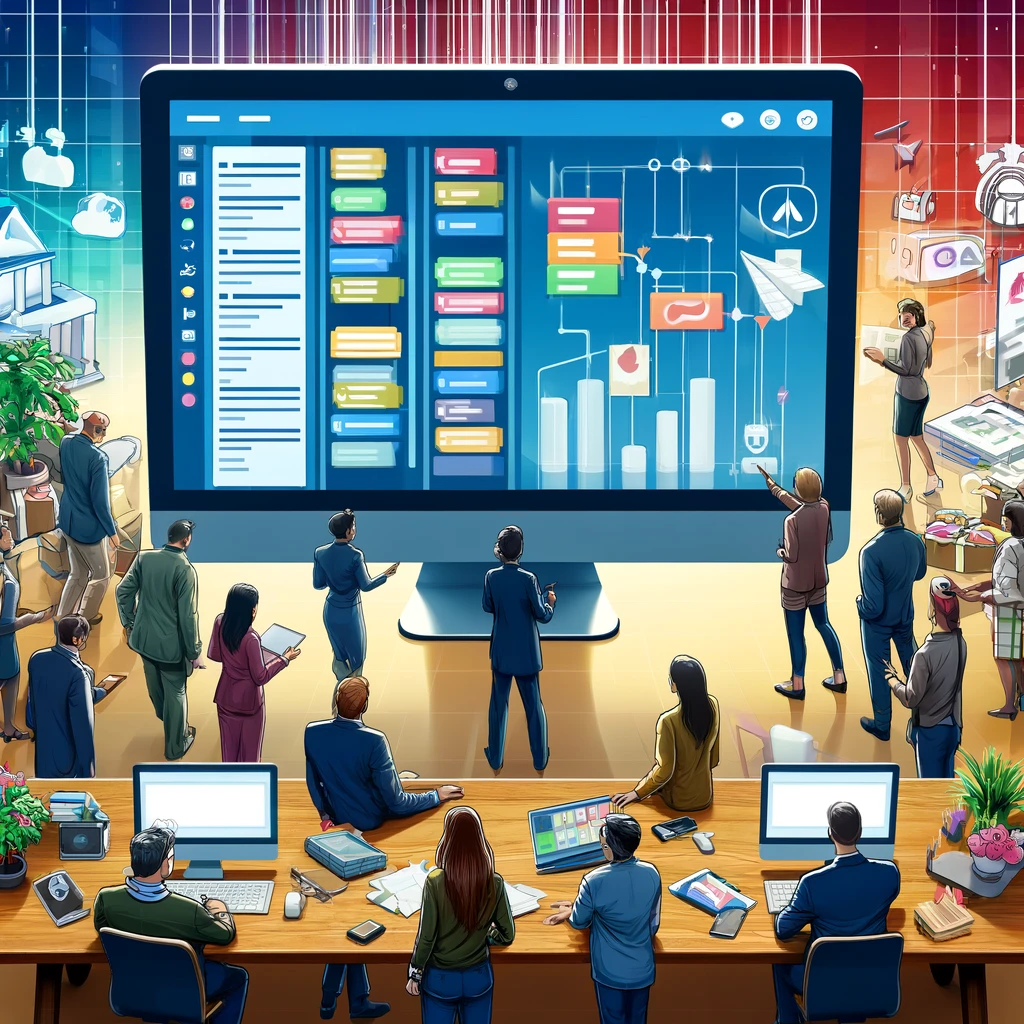
Trello is a dynamic project management tool that has revolutionized the way individuals and teams organize their projects and workflows. It stands out in the digital realm as an intuitive platform that enables users to collaborate seamlessly, making it an ideal companion for both professional team projects and side hustles.
At its core, Trello is built around the concept of boards, lists, and cards, which serve as the fundamental building blocks of its user interface. A board typically represents a project or a key area of focus. Within each board, lists categorize tasks, stages, or progress levels, while cards represent individual tasks or items. This structure is incredibly flexible, allowing users to customize their workflow in a way that best suits their project’s needs.
For team projects, Trello is a game-changer. It promotes transparency and accountability by allowing team members to view the entire project landscape at a glance. Team members can be assigned to specific cards, where they can track their tasks, deadlines, and any relevant information. This visibility ensures that everyone is on the same page and can significantly enhance team collaboration and communication.
One of the strengths of Trello is its adaptability to various project methodologies, such as Agile, Scrum, or Kanban. Teams can tailor their Trello boards to reflect their preferred workflow, whether it’s managing sprints, tracking progress through stages, or maintaining backlogs. The platform’s flexibility means it can be as simple or as complex as needed, catering to the specific demands of the project at hand.
In the realm of side hustles, Trello shines as an invaluable resource for individuals juggling multiple roles or projects. It offers a centralized platform to manage tasks, track progress, and meet deadlines, which is crucial when working on side projects alongside main employment or other commitments. The ability to organize tasks, set priorities, and monitor progress can significantly enhance productivity and ensure that nothing falls through the cracks.
Trello is not just a tool for task management. It also serves as a repository of ideas, resources, and information. Users can attach files, links, images, and notes to cards, making it easy to keep all relevant project information in one accessible location. This feature is particularly useful for creative projects or when collaborating with remote teams, where sharing and accessing information efficiently can be challenging.
Trello’s integration capabilities further extend its functionality. It can be connected with a plethora of other tools and services, such as Google Drive, Slack, or even custom plugins. This interoperability means that Trello can fit seamlessly into existing workflows, enhancing productivity without disrupting established systems.
Trello is a versatile and user-friendly platform that caters to a wide range of project management needs. Whether it’s coordinating with a team on a major project or managing individual tasks for a side hustle, Trello offers a structured yet flexible environment to plan, track, and collaborate effectively. Its adaptability, coupled with its collaborative features, makes it an indispensable tool for anyone looking to streamline their project management processes and boost their productivity.